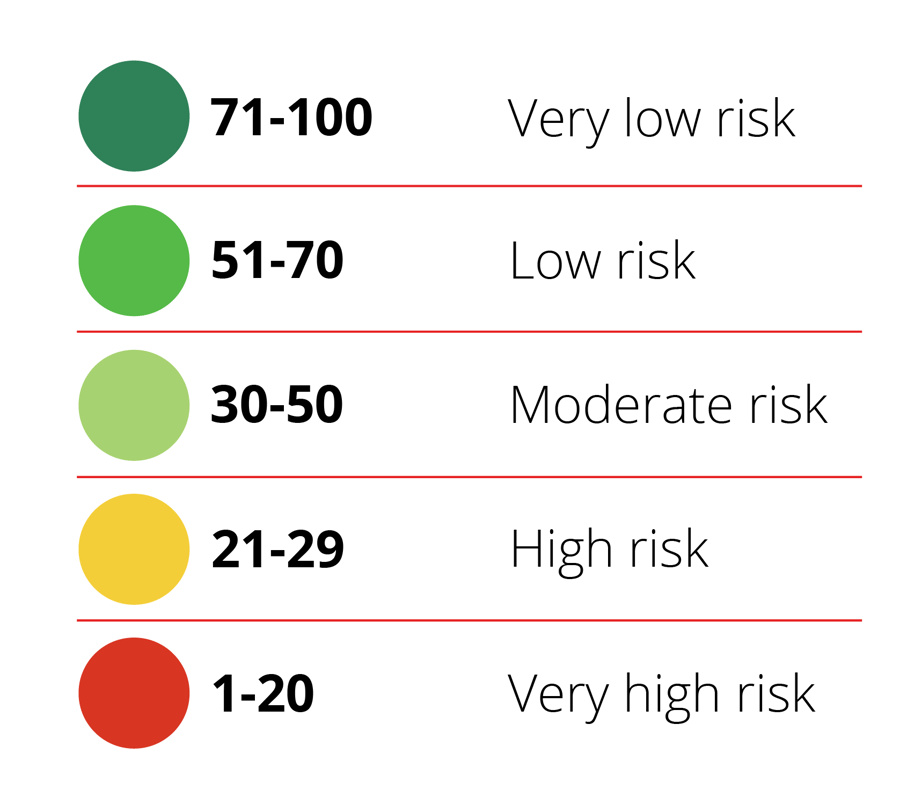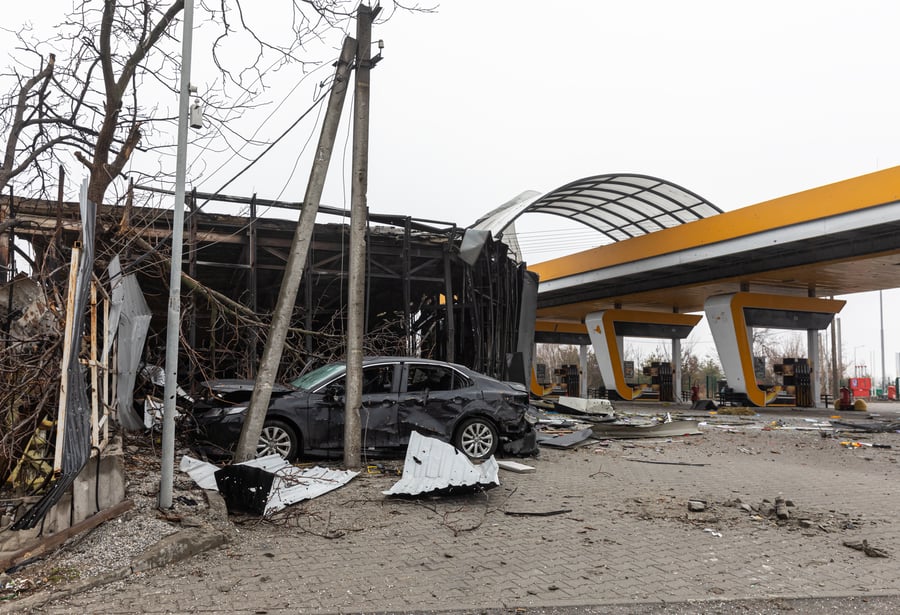It has been a tough couple of years for manufacturers of all stripes around the world. First came the pressures of rebuilding supply chains amid Brexit. This was followed by an even wider restructuring due to the pandemic, only for manufacturers to get further impacted by sharp rises in costs due to inflation. Between the pain and the recovery, many manufacturers rebuilt their resilience back to pre-pandemic levels, while others surrendered to the volatility of the supply chain landscape.
According to insolvency reports based on Creditsafe’s global manufacturing data, we were able to compare the year-on-year changes in global and regional insolvencies across a number of major manufacturing economies in North America and Europe and understand what it means for manufacturers this year.
Our reports shows that as inflation begins to settle across the world, there was a 9% dip in global manufacturing insolvencies at the beginning of 2024 compared to the same time last year. However, we found that this illusion of reduced insolvencies was primarily brought forth due to the resilience of economies like the UK & USA. In fact, it concealed a sharp rise in insolvencies across France, Germany, and Italy – highlighting how some manufacturing economies are still recovering from the aftereffects of the pandemic, as well as the challenges of current geopolitical tensions and rising costs.
As bankruptices across all insutries continued to rise throughout Q2 2024, it seems Manufacturers are not out of the woods yet. But can lessons be learnt from the tubulent challenges faced throughout 2024, allowing Manufacturers to prepare for further possible distrubptions in supply and cashflow in the months ahead?




